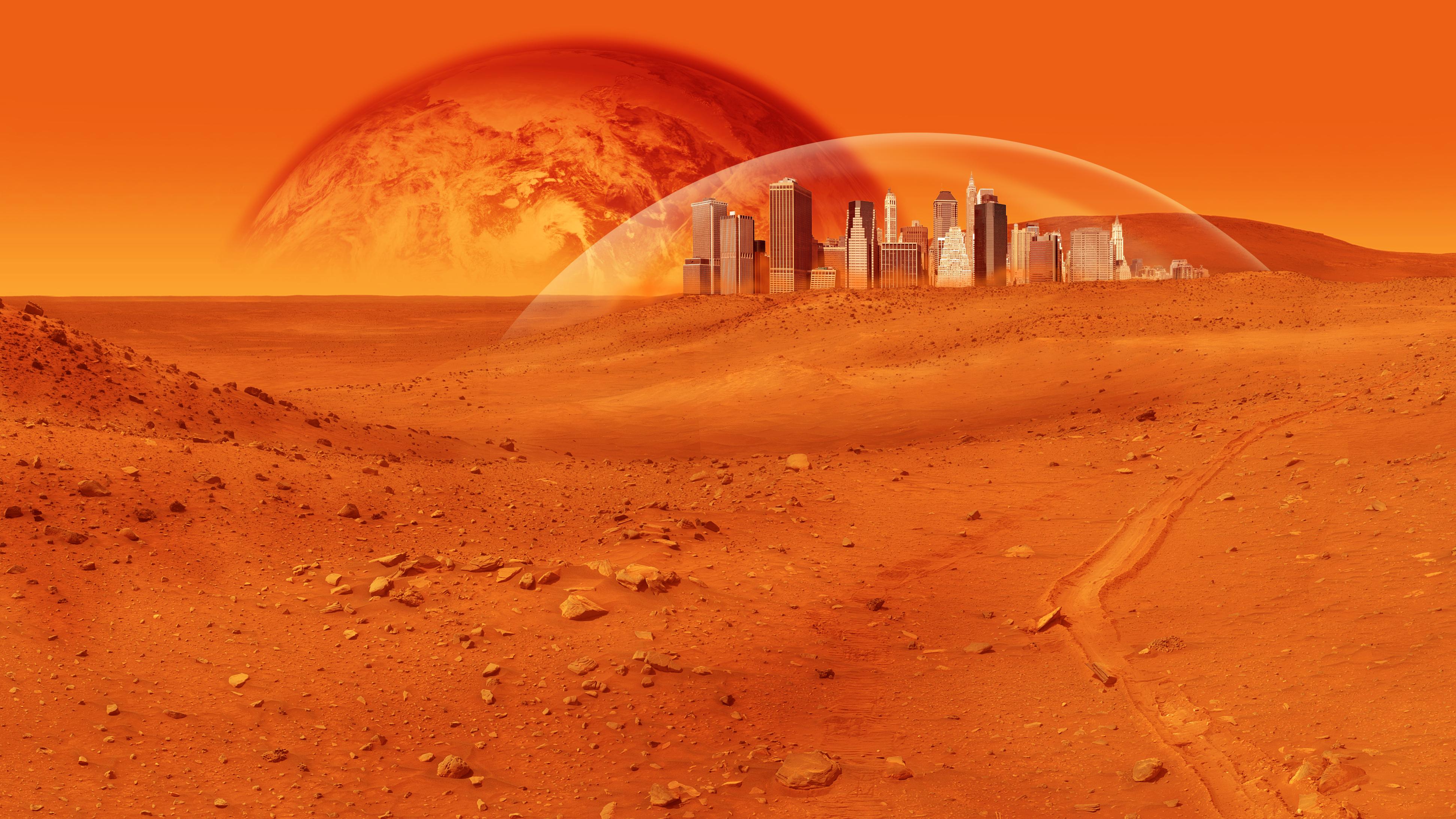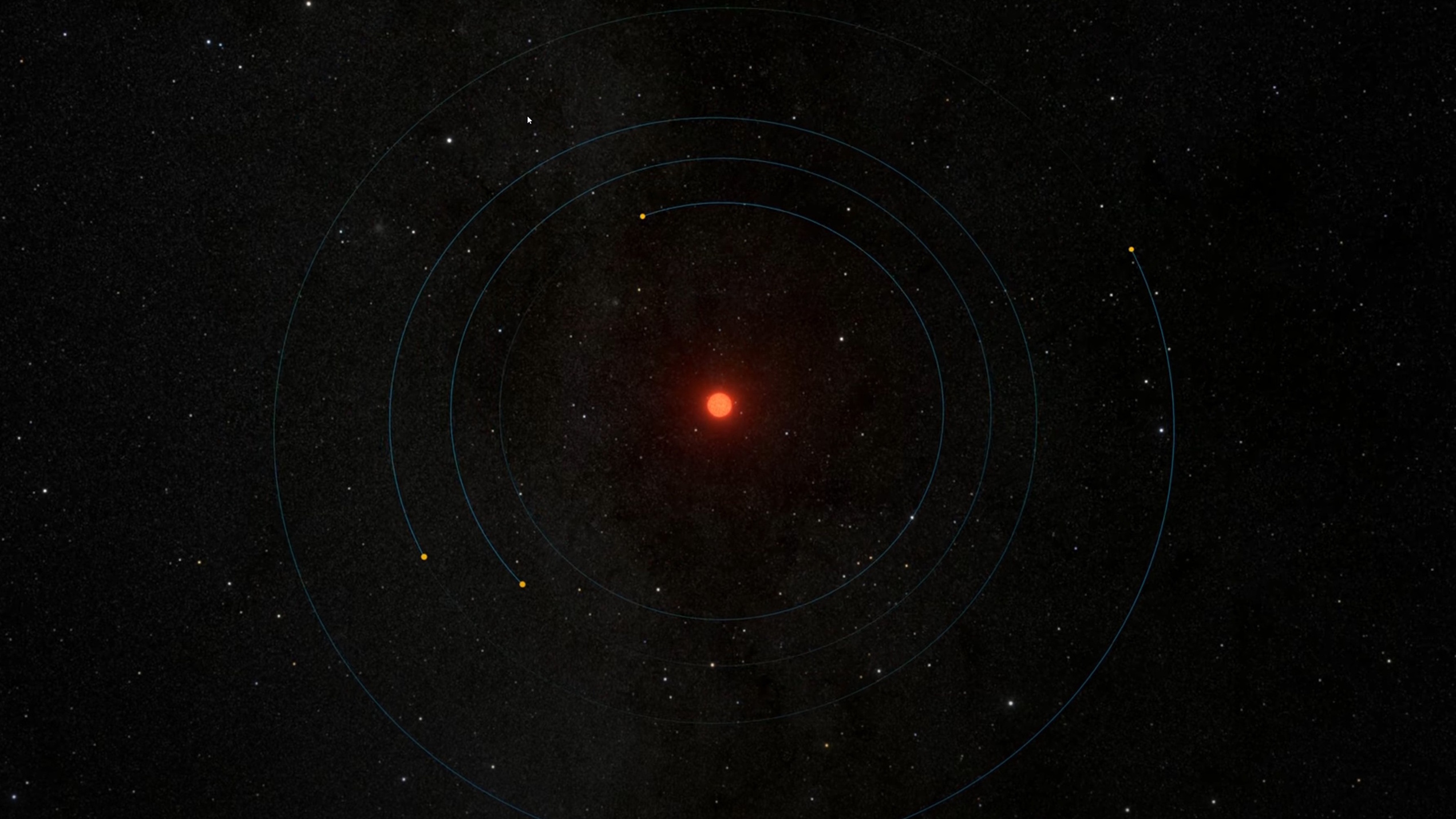Searching for Liquid Water on Mars and Earth—Using the Same Equipment (Part 2 of 2)

We of course have the two robot landers on the surface of Mars (Spirit and Opportunity). The Spirit Rover recently went into hibernation mode and is no longer communicating with us—the Mars Exploration Rover website states that “Spirit remains silent at her location on the west side of Home Plate. No communication has been received from the rover since Sol 2210 (March 22, 2010). It is likely that Spirit has experienced a low-power fault and has turned off all sub-systems, including communication, and gone into a deep sleep, trying to recharge her batteries.” The Opportunity Rover however is still making her way to Endeavor crater and drove on the planet five times within this past week.
These rovers have found evidence that once upon a time, water did flow freely on the surface. In fact, just a few years ago the Mars Reconnaissance Orbiter sent us photographs of layering on the bedrock. On the surface of the Earth, if you have flowing water it produces the same type of layering effect which looks like rings of halos that permeate the bedrock. This indicates that water can still flow on the surface of Mars. Many people would say “So what? Even if we find evidence of tiny little pockets of water on the surface; this certainly does not indicate that there is life. Mars seems to be a lifeless planet unless there are hot springs under the surface.” However, there is some good news to this. If there proves to be large quantities of water of Mars, it means that one day we could possibly use that for things like rocket fuel. We could use electrolysis to break apart water into hydrogen and oxygen and then use the re-combination as a form of rocket fuel. Some people have even suggested that we should give our astronauts a one-way ticket to Mars which would give them an added incentive to figure out a way to create enough fuel for a return trip back home.
Even while we search for evidence of liquid water on Mars, there are still almost a billion people here on Earth that lack a reliable source of clean drinking water. Earlier this year at the UN water conference, a NASA scientist (Essam Heggy) suggested using a ground-penetrating satellite radar originally developed for Mars to find water in the desert areas such as the Middle East and Africa. According to Heggy, the NASA radar can penetrate down (up to half a mile) to find liquid water with hopes of construction efforts to tap into them for the creation of wells.
So, in closing, we have learned that the most advanced satellites created strictly for purposes of searching for liquid water on other worlds have started to become beneficial to searching for water on desert ravaged lands here on Earth. We have hopes that in the future, with the help of NASA technology, clean drinking water can be provided to nations that have otherwise struggled to have something as simple as clean drinking water.





